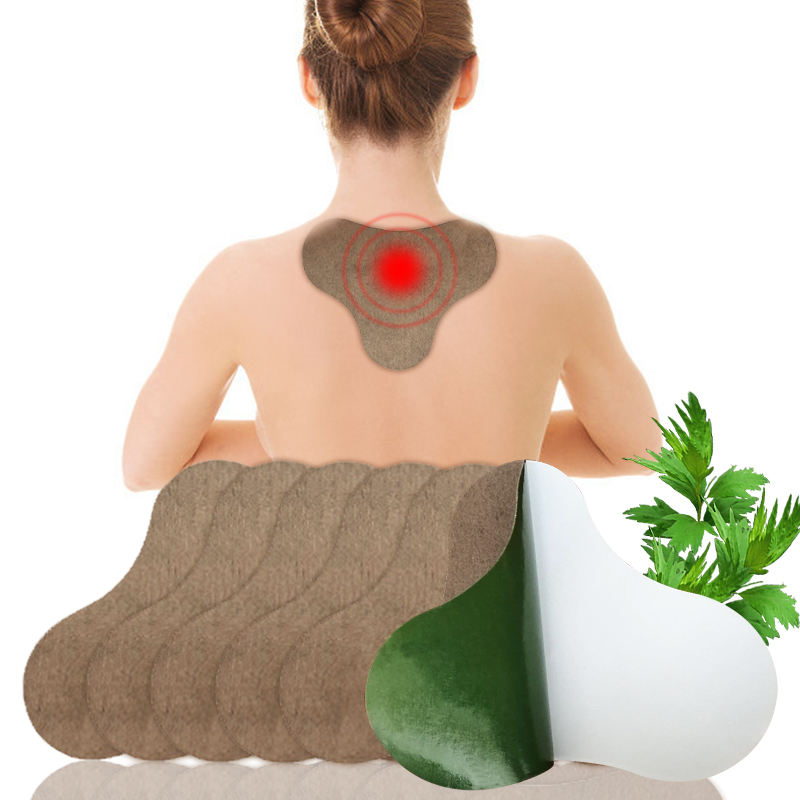Author:Kangdi 30-08-2023
Pain Relief Plaster have emerged as a popular and effective solution for managing various types of discomfort. To gain a deeper understanding of how these patches work and their potential benefits, we spoke with Dr. Emily Carter, a renowned pain management specialist. In this expert interview, Dr. Carter provides valuable insights into the science behind Pain Relief Plaster and their role in pain management.
Q: Can you explain the mechanism of action behind Pain Relief Plaster?
Dr. Carter: Of course. Pain Relief Plaster utilize a transdermal delivery system to provide targeted relief. The patches contain active ingredients, such as analgesics or anti-inflammatories, that are gradually released through the skin and into the bloodstream. This localized delivery allows the active ingredients to reach the affected area directly, resulting in reduced pain and discomfort.
Q: How do Pain Relief Plaster compare to oral pain medications?
Dr. Carter: Pain Relief Plaster offer several advantages over oral medications. First, they bypass the digestive system, which can lead to faster and more consistent absorption. Second, patches provide a continuous release of medication, maintaining steady levels in the bloodstream. This can result in longer-lasting relief and fewer spikes in medication levels compared to oral doses.
Q: Are there specific conditions or types of pain that respond better to Pain Relief Plaster?
Dr. Carter: Pain Relief Plaster are versatile and can be used to manage various types of pain, including muscle soreness, joint pain, and even chronic pain conditions. They are particularly effective for localized pain, as they deliver the active ingredients directly to the affected area. However, it's important to note that patches may not be suitable for all types of pain, and individual responses can vary.
Q: What should individuals consider before using Pain Relief Plaster?
Dr. Carter: Before using Pain Relief Plaster, individuals should assess their skin sensitivity and any potential allergies to the patch's ingredients. It's advisable to do a patch test on a small area of skin to ensure there's no adverse reaction. Additionally, it's important to follow the manufacturer's instructions for proper application and wear time to maximize the patch's effectiveness.
Q: Can Pain Relief Plaster be used in combination with other pain management strategies?
Dr. Carter: Absolutely. Pain Relief Plaster can complement other pain management strategies, such as physical therapy, exercise, and oral medications. However, it's essential to communicate with a healthcare professional before combining different methods. They can provide guidance on the most appropriate approach based on an individual's specific pain condition and medical history.
Pain Relief Plaster offer a unique and targeted approach to managing pain, making them a valuable tool in pain management. According to Dr. Emily Carter, their transdermal delivery system, localized action, and steady release of medication contribute to their effectiveness. Individuals interested in using Pain Relief Plaster should consult with a healthcare professional to determine the best approach for their specific pain needs and health considerations.
 0086 19937104978
0086 19937104978





